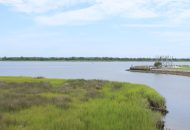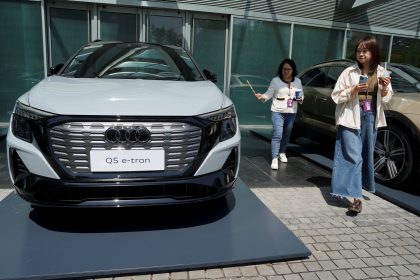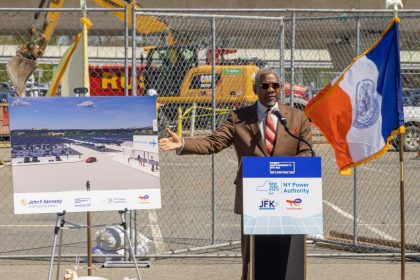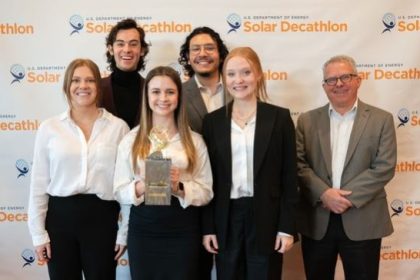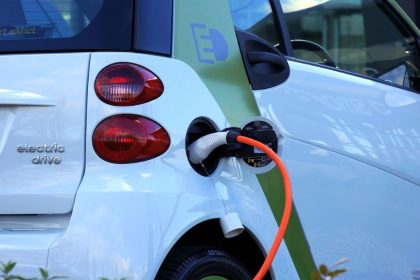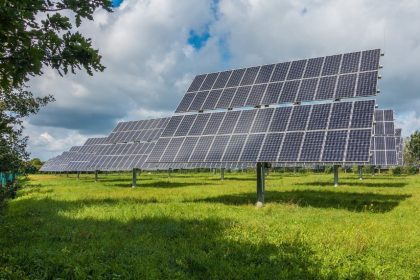Local Constraints Causing Headwinds for Wind Energy Sector
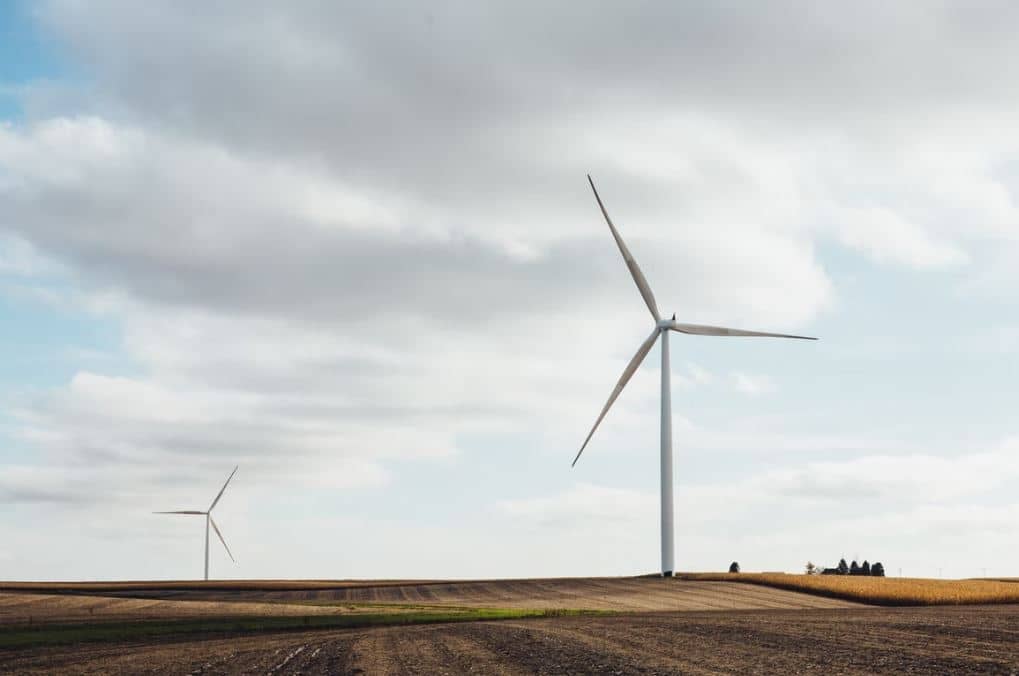
WASHINGTON — No one ever said reaching net-zero carbon emissions by 2050 was going to be easy, but a new report from ClearPath suggests several constraints, including local opposition, regulatory delays and supply chain issues could dramatically limit the nation’s future ability to decarbonize.
In a first-of-its-kind study, the ClearPath Foundation analyzed the challenges ahead by focusing on Iowa, one of the wind energy industry’s friendliest states in the union.
The Hawkeye state has the largest percentage of its energy produced from wind when compared with other states, and has the largest land impact of any state in current net-zero models, ClearPath says.
Currently, about 57% of Iowa’s electricity supply is generated from wind energy.
While that’s all to the good, models for reaching net-zero emissions by 2050 call for between three and 17 times more onshore wind capacity deployment nationwide, and the ClearPath study suggests that may be a little too much of a good thing for many Iowans.
Indeed, the researchers found, the initial acceptance that allowed the sector to grow rapidly has increasingly evolved into opposition and concerns the wind farms are impinging on other land uses.
The case study of Iowa compares county-level regulations governing turbine minimum distances from roads and buildings — known as setbacks — with downscaled wind energy projections that achieve net zero by 2050, according to Princeton University’s Net-Zero America project.
In the past three years, 16 of Iowa’s 99 counties have adopted prohibitive ordinances or moratoria against new wind energy, and there’s no room for more wind without new transmission lines, which also face opposition.
Further, the researchers looked at two conservative setback scenarios — one using only existing ordinances and one in which counties with no ordinance today adopted a permissive ordinance — as well as two different turbine size scenarios.
A geospatial analysis of these scenarios shows that 49%-77% of candidate project areas in Iowa could be unavailable for future development. The ability to compensate for land reduction with larger turbines and repowering depends on counties not imposing height limits or adopting moratoriums in the future.
“The path to achieve America’s clean energy goals must be economically sustainable, politically realistic and technologically feasible,” said Rich Powell, CEO of ClearPath.
“This report highlights how challenging a clean energy transition would be if we put all our eggs into one basket. We should focus on a clean energy portfolio approach that includes wind and solar, and other baseload clean energy assets like nuclear energy as well as coal and gas with carbon capture,” he said.
ClearPath partnered with LucidCatalyst, a clean energy deployment consulting and analysis firm, to examine the historical rate of wind energy and transmission buildout, as well as transmission opposition in Iowa.
This allowed ClearPath, a Washington-based nonprofit, to quantify the feasibility of achieving the pace and scale of a net-zero economy by 2050.
Detailed computer models can calculate the cheapest paths to achieve net zero but only recently have started incorporating land use and political constraints on the energy systems they project.
Among the study’s other findings were that a greater focus on local benefits and fairness in the project development process could empower communities and lead to more support for wind energy.
In addition, policies that support technology-neutral decarbonization and either the reuse or optimization of existing infrastructure and rights of way are essential, the researchers said.
Policy recommendations that grew out of the study included:
Maintaining Net-Zero Optionality
- Diversified, technology-inclusive net-zero portfolios had greater feasibility than the 100% renewable pathway when county-level siting regulations were considered.
- Massively scaling up wind energy in a short time period will be extraordinarily difficult. Any clean energy or climate policy should be as tech-neutral as possible.
Tailoring Policy to Supportive Communities
- Counties should be able to access federal aid or technical assistance if they enact permissive ordinances for clean energy development. Another option would be to seed energy extension programs at local universities.
- To balance community autonomy and decarbonization goals, it is essential to understand and acknowledge individual and community concerns, proactively provide resources and tools for communities and decision-makers, and for developers to implement best practices with respect to procedural and distributive fairness.
Reimagining Existing Infrastructure
- Large-scale infrastructure siting across vast swaths of land will be incredibly difficult and will likely worsen over time. Reducing emissions while avoiding greenfield construction — by reusing assets and relying on non-wire transmission alternatives — is essential.
- This includes repurposing existing generation with nuclear or carbon capture, utilization and storage, optimizing existing transmission lines, repurposing gas pipelines for hydrogen or carbon dioxide, and using federal land or rights-of-way.
Dan can be reached at [email protected] and @DanMcCue














